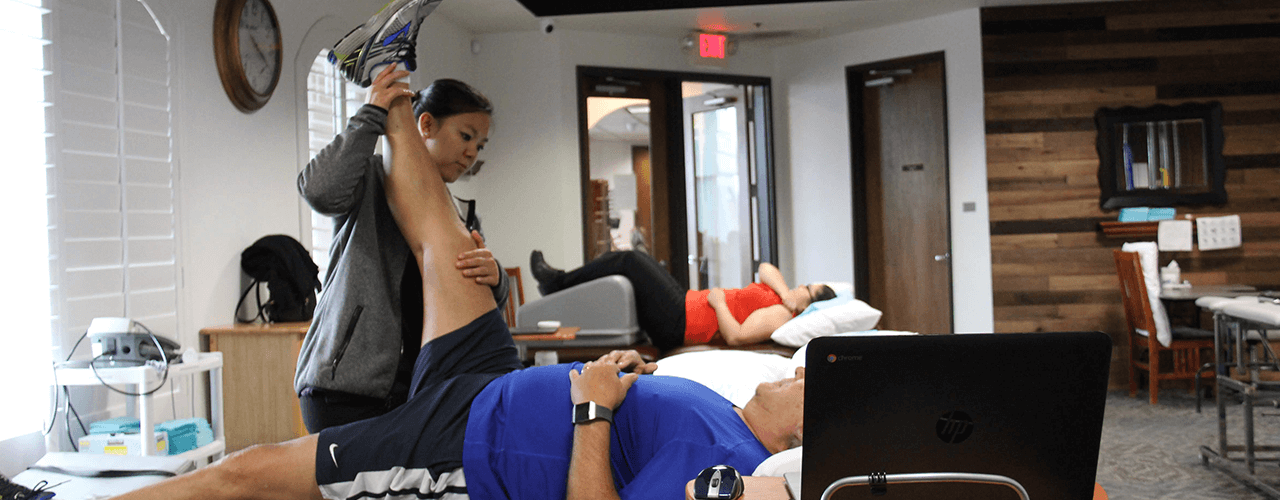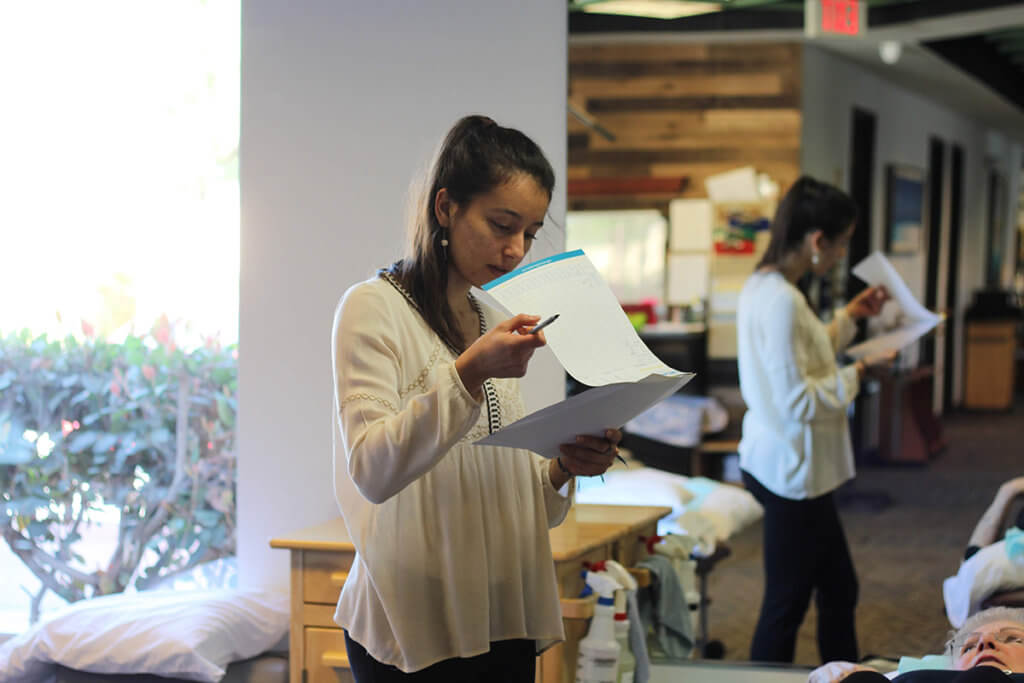Hip and Knee Pain Relief
HIP PAIN
When you walk, run and move, your hip and knee work together to allow you to move fluidly and accurately. When one of these joints and the associated muscle groups that make them move are not working properly, pain can occur in different parts of the leg. Hip pain can leave you with very limited movement and make walking painful. This pain may radiate to the groin, buttock or thigh.
Our expert physical therapists at Walker Physical Therapy, understand the complexities of hip movement and function. We examine your walking, movement, range of motion, strength and coordination. Our evaluations enable us to pinpoint the source of your pain and to develop a series of manual therapies and exercises to reduce your pain and restore normal function. Call us today to learn more!

KNEE PAIN
Knee pain is a very common condition affecting millions of Americans. Many people experience knee pain as a result of knee arthritis or sports injuries. At Walker Physical Therapy, we work closely with you to evaluate the mechanics of your knees and the relationship to your physical condition and performance. Limitations in movement and strength can dramatically affect the way your knee functions, causing increased pressure and pain. Physical therapy restores the normal movement, strength and coordination and can help you quickly relieve pain and get back to normal activities.
We help patients of all ages recover from knee surgery and also prevent surgery if possible. If you had knee surgery, including total knee replacement, come in for treatments for a proper recovery that will get you back to peak performance quickly. Call us today or click the “Make Appointment” button to learn how we can relieve your knee pain.
FAQs
What causes knee pain?
Your knees are hinge joints that allow for the forward-and-backward motions within the joint. The knee is one of the largest joints in your body, made up of a complex system of bones, tendons, and ligaments. Because of this, the knee can be easily injured due to overexertion or repetitive motions. Additionally, knee pain can be caused due to an underlying ailment. Some of the most common causes of knee pain are sprains, strains, fractures, tears, dislocation, tendinitis, bursitis, and arthritis.
How long should knee pain last?
Some knee pain can ease on its own. However, if you notice persistent pain, you should contact a physical therapist. Many people try to push through the pain that they feel; however, this can actually cause an issue to worsen and become more problematic. Sharp or dull pain in the knee should be paid attention to and not pushed through. If pain persists, especially for three months or longer, it is in your best interest to contact a physical therapist, as that can be an indication of a chronic condition.
Is walking good for knee pain?
Knee pain can be debilitating, making it difficult to walk, run, and move. While exercise can certainly help heal the root cause of your knee pain, it is important to make sure to only do so under the discretion of your physical therapist. Your treatment plan will largely consist of targeted exercises and manual treatments; however, additional pain relief modalities may also be added as your physical therapist deems fit. This will help you improve any problem areas and prevent further injury from occurring.
What is the best therapy for knee pain?
Our licensed physical therapists will examine your knee for signs of misalignment or structural damage, in addition to examining your stance, posture, gait, and range of motion. After your physical exam is complete, your physical therapist will prescribe a physical therapy plan for you, aimed at relieving unnatural stresses and strains, and normalizing your joint function. Treatment plans for knee pain typically include activity modification, manual therapy, strength and capacity training, range of motion restoration, graded exposure to previously painful activities, and patient education regarding activity modification.



